9 Steps to Creating a Successful Content Marketing Strategy
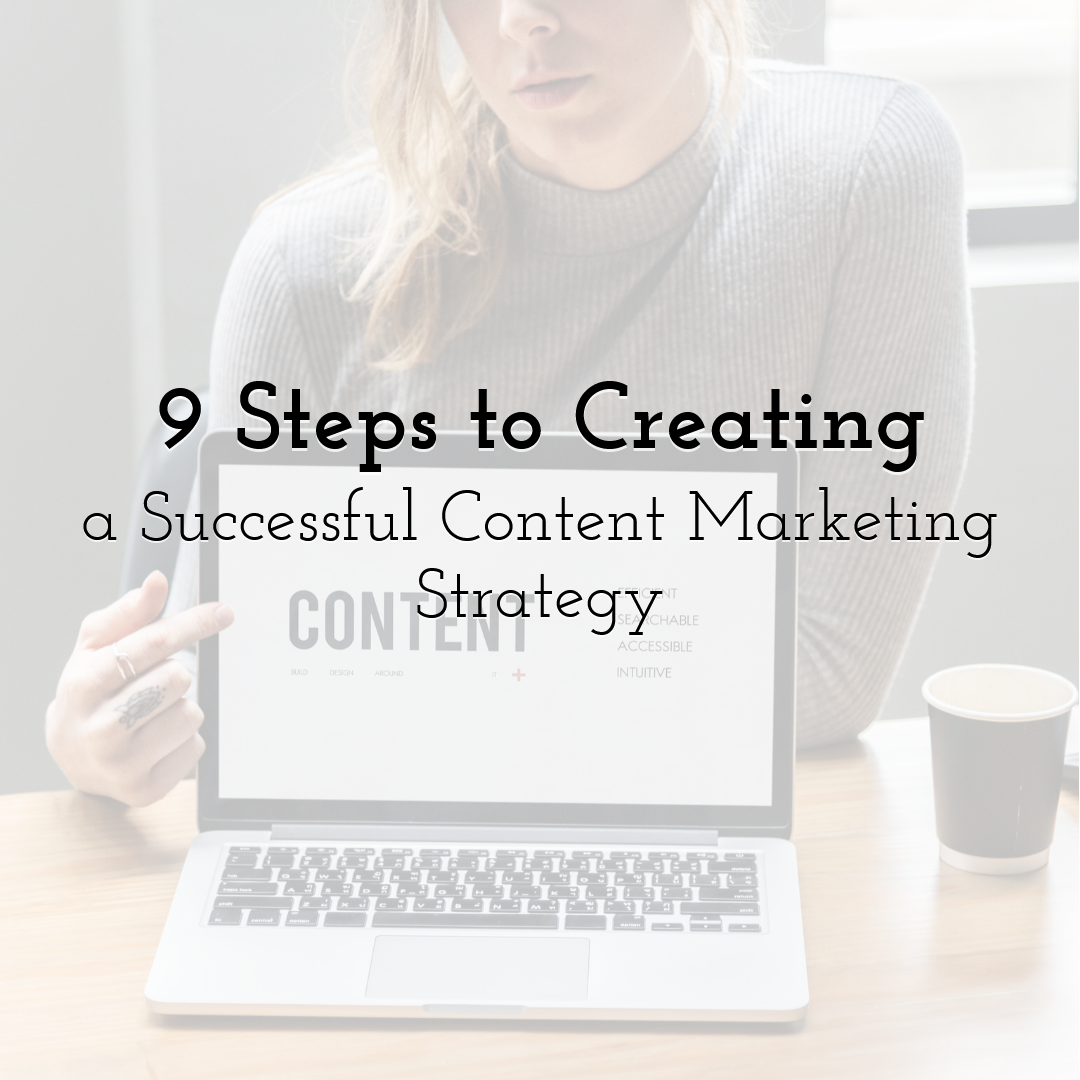
These days, everyone knows content matters. The real challenge? Making your content actually do something useful. Like attracting the right audience, getting them to stick around, and nudging them toward becoming loyal customers.
That’s where a solid content marketing strategy comes in. Not a scattergun approach where you toss out blog posts and hope for likes, but a real, living, breathing plan. One built with purpose, creativity, and, yes, just enough analytics to keep things smart.
The Truth About Successful Content Marketing

A few trendy blog posts and a viral TikTok aren’t going to skyrocket your sales overnight. Real success in content marketing takes planning, persistence, and a lot of listening.
At its core, content marketing is about creating value. You’re not just pushing products; you’re building trust, educating, entertaining, and sparking conversations. Good content marketing strategies align what your audience wants to know with what your brand needs to say. And when done right, the payoff is big: boosted engagement, stronger brand loyalty, and campaigns that actually convert.
Creating a Digital Content Marketing Strategy
But how do you get from “we should make content” to a strategic plan that delivers? That’s what we’re here to figure out with our content marketing tips.
1. Know What You’re Doing (And Why You’re Doing It)
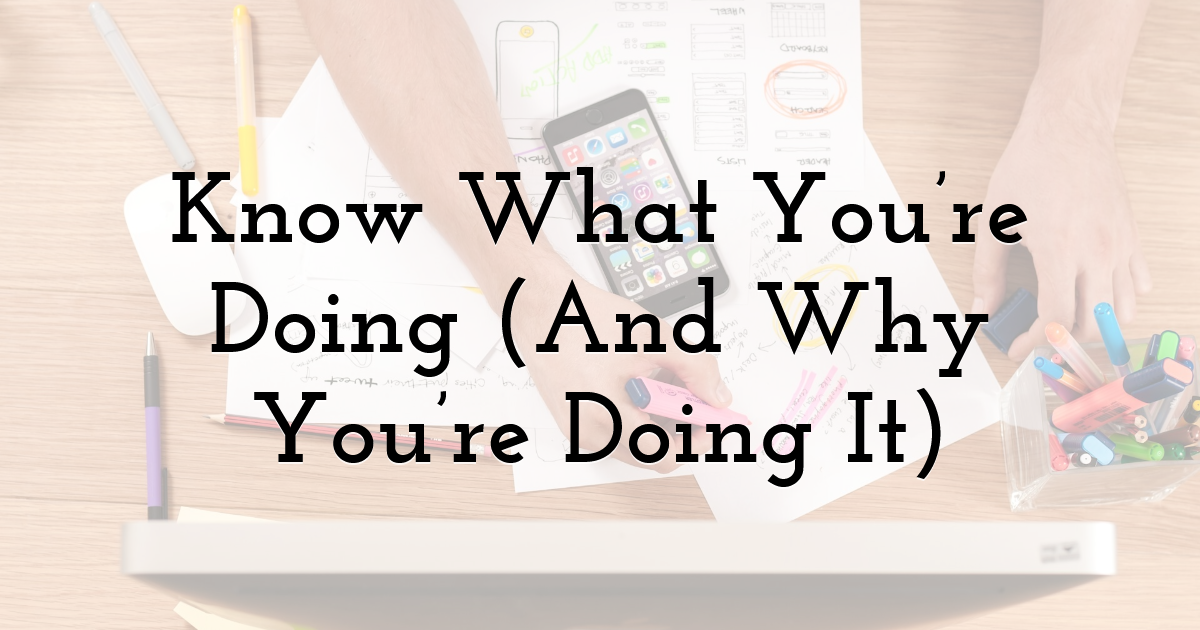
First things first: why are you even doing content marketing?
If your goal is “uhh… more traffic?” — we need to dig deeper. A strong content marketing strategy starts with clear, measurable goals. Do you want to drive email sign-ups? Increase product demo bookings? Double your blog traffic in three months?
Good content doesn’t happen without direction. Treat your goals like the GPS for your campaigns. Without them, you're basically publishing in the dark and hoping for magic. Spoiler alert: magic isn’t a strategy.
2. Understand Who You’re Talking To

If you don’t understand your audience, you’re writing into a void. Take time to get into your customers’ heads. What are their pain points? What questions keep popping up in support tickets or social DMs? What do they search for at 2 a.m. when no one’s watching?
Forget just age and job title. Dive into their needs, quirks, and digital habits. What kind of content do they engage with? Maybe they’d rather watch a funny product demo than read a how-to guide. Or maybe interactive content — like polls, calculators, or quizzes — is what gets them to engage.
Your strategy has to speak their language, not yours.
3. Audit What You Already Have

Before you sprint into new content creation, take a hard look at what’s already out there. Old blog posts, half-baked videos, forgotten landing pages — these are all assets that can be refreshed, repurposed, or retired.
A content audit helps you spot:
- • What’s working (more of that, please)
- • What’s outdated (time to update)
- • What’s… let’s just say “not your best work” (archive it, no shame)
Sometimes your best-performing campaign is buried under dust. Don’t waste time creating something new when a refresh could give your metrics a quick boost.
4. Choose Your Weapons Wisely

Not every brand needs a podcast. Not every audience reads blogs. Choose content formats that match both your audience’s preferences and your team’s capacity to produce consistently.
Consider a mix of formats like:
- • Educational blog posts
- • Social videos
- • Email newsletters
- • Podcasts or audio snippets
- • Live Q&As
- • Infographics
- • And yes, those polls and quizzes that people weirdly love
Want to make video but only have a laptop and no editing experience? No problem. Tools like iMovie for PC can help you produce simple, polished videos without needing a film school degree.
Whatever you choose, remember this: consistency > complexity. A weekly blog is better than a monthly mess of random content formats.
5. Map It All Out With a Content Calendar
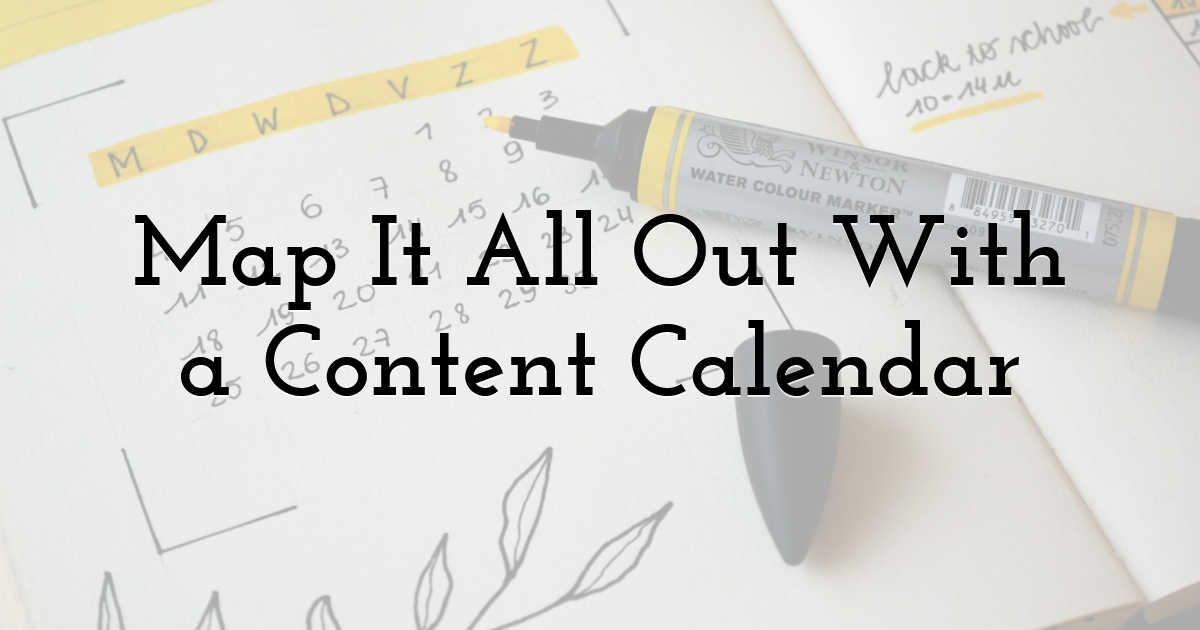
Think of your content calendar as your campaign control center. It’s where planning meets execution.
Use it to schedule:
- • What content you’ll create
- • When it’ll go live
- • Who’s responsible for writing, editing, and promoting it
- • Where it’ll be distributed
A content calendar isn’t just about dates; it’s about strategy. Align your content with product launches, seasonal trends, or cultural moments your audience cares about. That’s how you make your messaging feel timely and intentional and not like it was pulled from a random ideas board at 5 p.m. on a Friday.
6. Create (But Make It Count)

Now comes the fun part: creating the actual content. This is where your ideas turn into something shareable, clickable, and useful.
But remember: it’s not just about filling word counts or adding pretty transitions to videos. It's about solving problems. Helping. Teaching. Surprising. Sparking action.
Make sure every piece of content follows some basic practices:
- • Use keywords (yes, for SEO — but also for relevance)
- • Write in your brand’s voice (not corporate-speak unless you’re selling to robots)
- • Add visuals: GIFs, screenshots, charts, whatever makes it less “blah”
- • Include a clear, non-sleazy call to action
And don’t forget accessibility. Captions, alt text, mobile-friendly design — these things matter.
7. Distribute
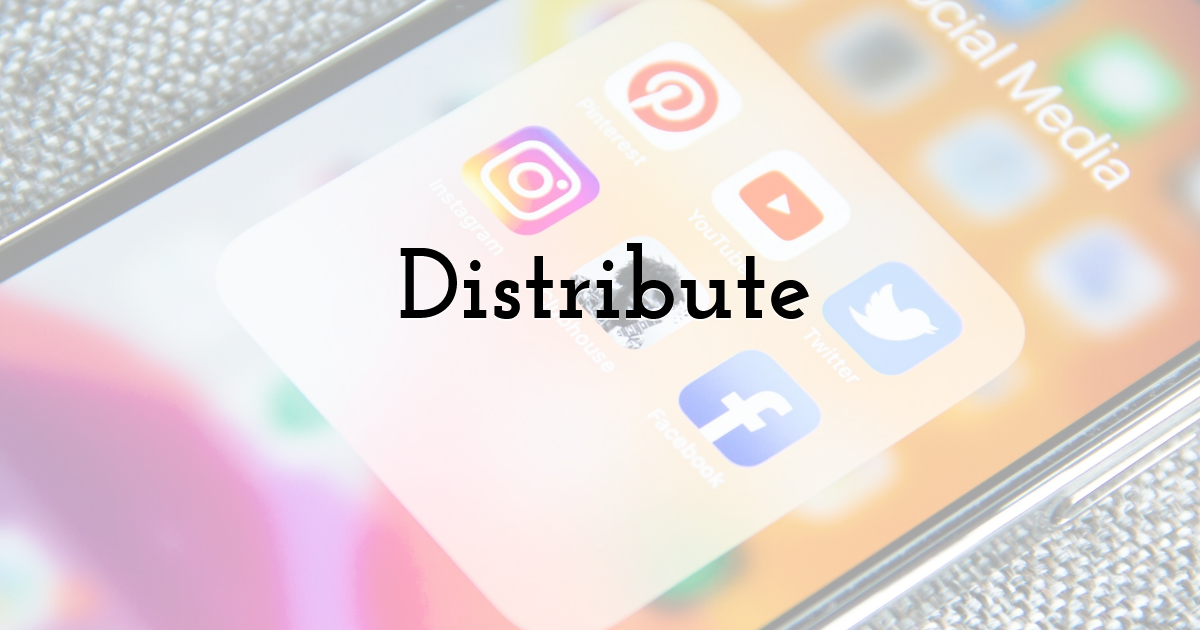
Even the most brilliant piece of content will fail if you just hit “publish” and move on. Distribution is where many strategies fall apart.
So, how do you get your content seen? Use the platforms your audience already loves:
- • Social media (Instagram, YouTube, TikTok — pick what works)
- • Email (seriously, newsletters are underrated)
- • Communities (forums, Reddit, Slack groups)
- • Partnerships (guest posts, collabs, influencer shout-outs)
You don’t need to be everywhere; just where it matters. The best practices here come down to consistency, testing, and, when possible, a little budget to amplify your reach.
8. Look at the Data

Metrics aren’t just for showing off in monthly reports; they’re your feedback loop. Without data, you're guessing. And guessing is a terrible tactic.
Track how each piece of content performs. Look for:
- • Click-through rates
- • Engagement (likes, shares, comments)
- • Conversions
- • Time on page
- • Traffic sources
Use these insights to adjust your plan, develop smarter ideas, and kill off formats that no one cares about. It’s not glamorous, but it’s the secret sauce behind every successful content marketing campaign.
9. Scale With Purpose

Once you've found your groove, it’s tempting to go big. But scaling your content marketing strategy doesn’t mean doing more for the sake of it. It means doing better.
- • Automate what you can (like scheduling and email workflows)
- • Use templates to speed up content creation
- • Bring on freelancers or in-house creators to multiply your output
- • Explore new formats like webinars, micro-videos, or community events
- • Add more interactive content to increase engagement and time spent
Most importantly, don’t lose the human touch. Even when you’re scaling, stay focused on your audience and the value you're creating for them.
Final Thoughts
A successful content marketing strategy takes planning, experimentation, patience, and a touch of creativity. But if you follow the right steps, stay focused on your goals, and continue refining your tactics, you’ll build a content machine that not only performs, but actually feels good to create.
Make something real. Make something that connects. And remember: good content isn’t about being everywhere. It’s about being in the right place, at the right time, with the right message.
Until next time, Be creative! - Pix'sTory
Recommended posts
-
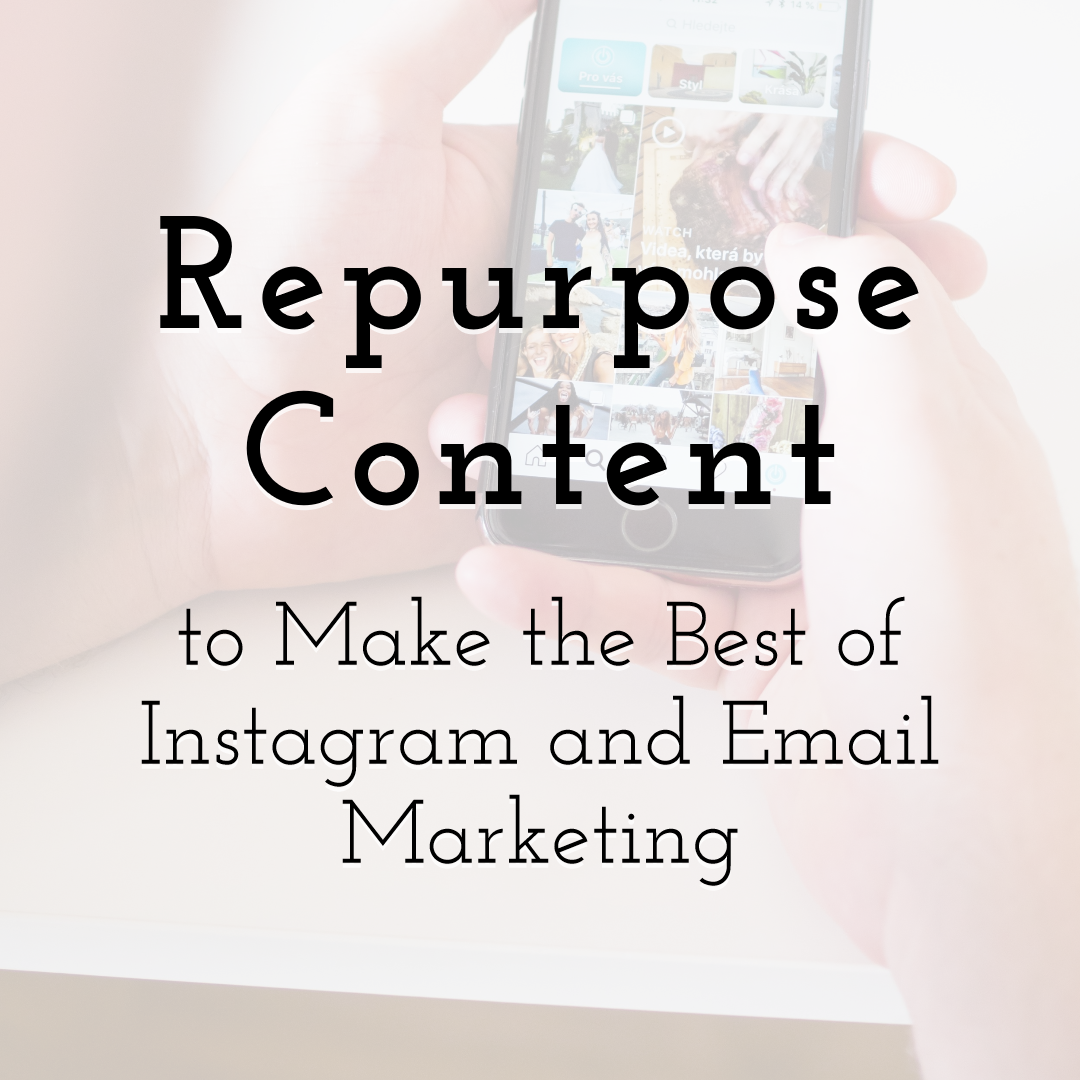
Repurpose Content to Make the Best of Instagram and Email Marketing
Read More › -

Why Does Your Logo Deserve the Spotlight on Every Box?
Read More › -

5 Best Practices for Drafting Perfect Newsletter Design
Read More › -

8 Types of Visual Content You Need to Use in Your Marketing Campaigns
Read More › -

Starting a Career in Designing? Use These Hacks to be a Professional
Read More › -
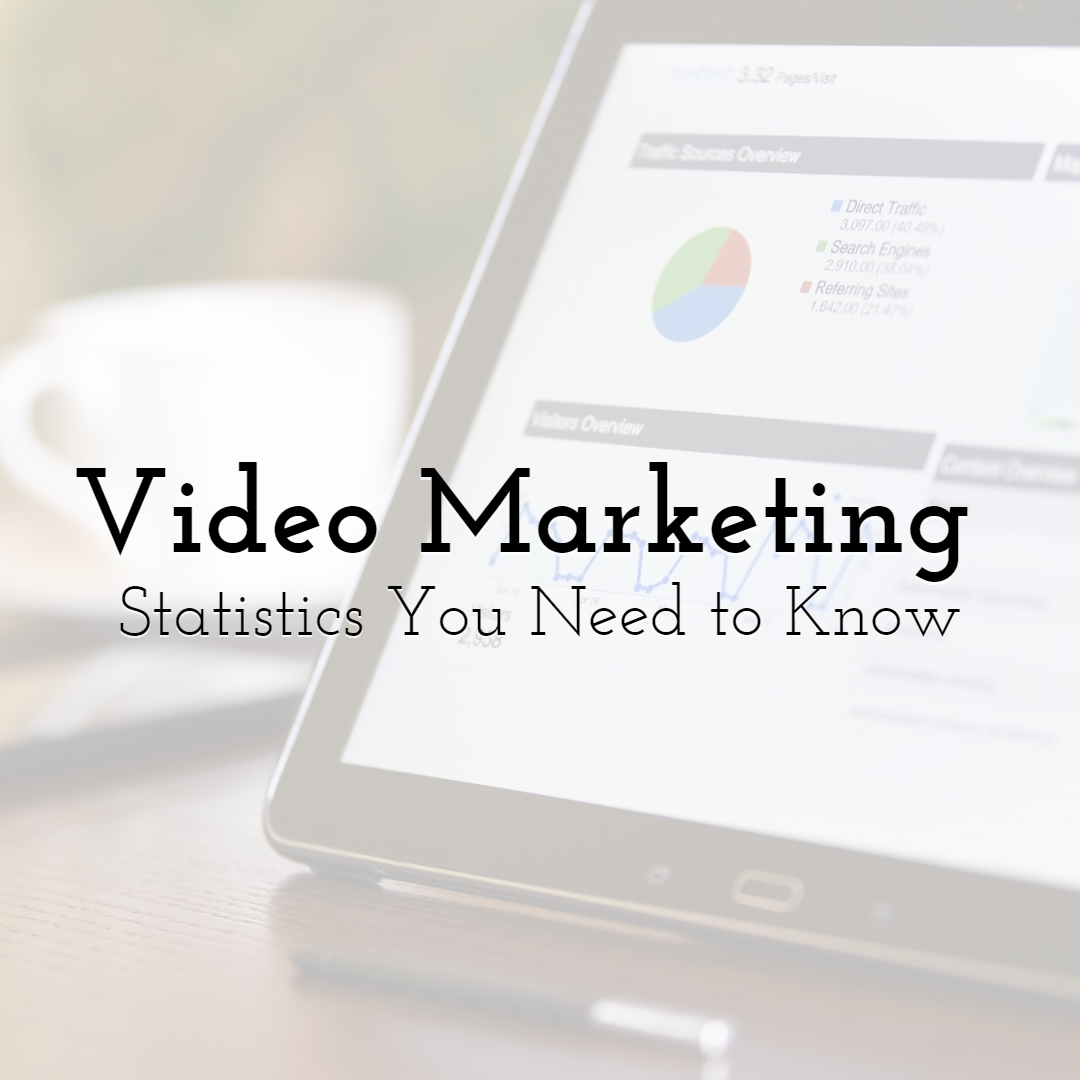
Video Marketing Statistics You Need to Know for 2021
Read More ›
